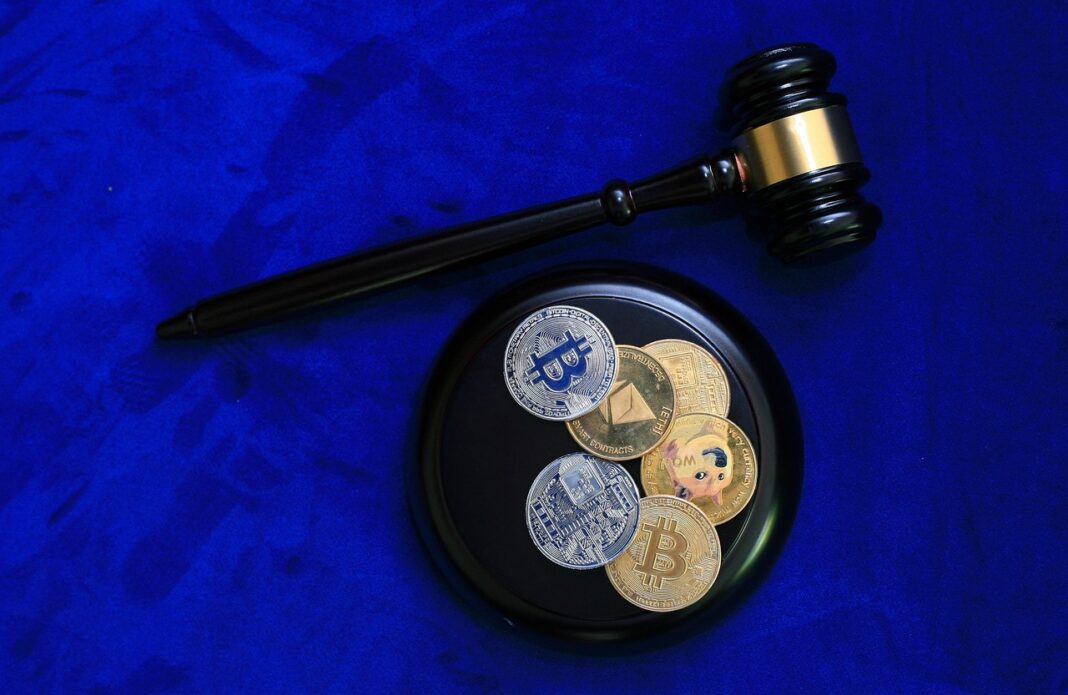Decentralized Finance (DeFi) has revolutionized the financial landscape, offering innovative alternatives to traditional banking and investment systems. At the heart of this revolution lie DeFi tokens, digital assets that power various decentralized applications and protocols. Understanding DeFi tokens, their functionalities, and potential benefits is crucial for anyone looking to navigate this exciting and rapidly evolving space.
Understanding DeFi Tokens
What are DeFi Tokens?
DeFi tokens are cryptocurrencies built on blockchain networks, primarily Ethereum, that are used within decentralized finance ecosystems. Unlike traditional cryptocurrencies like Bitcoin, which primarily function as digital cash, DeFi tokens have specific utilities within their respective platforms. They often represent ownership, governance rights, or access to specific services within a DeFi protocol.
Key Characteristics of DeFi Tokens
- Decentralized Control: DeFi tokens are managed by decentralized autonomous organizations (DAOs) or smart contracts, eliminating the need for intermediaries.
- Programmability: Built on programmable blockchains, DeFi tokens can be integrated into complex financial instruments and applications.
- Transparency: Transactions and token activity are typically recorded on a public blockchain, promoting transparency and auditability.
- Accessibility: DeFi tokens aim to democratize access to financial services, allowing anyone with an internet connection to participate.
- Example: Think of a platform that allows users to lend and borrow cryptocurrency. Its DeFi token might give holders the right to vote on interest rate adjustments or new feature implementations.
Types of DeFi Tokens
Governance Tokens
These tokens grant holders the right to participate in the decision-making processes of a DeFi protocol. By holding governance tokens, users can propose and vote on changes to the protocol’s rules, parameters, and future development.
- Example: COMP (Compound) and MKR (MakerDAO) are prominent examples of governance tokens. Holders can vote on proposals related to interest rates, collateral types, and other protocol parameters.
- Benefits:
Empower users to shape the future of the protocol.
Incentivize active participation in the DeFi ecosystem.
Align incentives between token holders and the protocol’s success.
Utility Tokens
Utility tokens provide access to specific services or functionalities within a DeFi platform. These tokens might be required to pay transaction fees, earn rewards, or access exclusive features.
- Example: UNI (Uniswap) can be used for governance and potentially to incentivize liquidity providers. LDO (Lido DAO) provides governance rights and potentially allows staking rewards sharing in the future.
- Benefits:
Create demand for the token, driving its value.
Incentivize users to engage with the protocol’s features.
Facilitate a seamless user experience within the DeFi ecosystem.
Security Tokens
Security tokens represent ownership in an underlying asset, such as equity, debt, or real estate. These tokens are typically subject to securities regulations and offer investors fractional ownership in real-world assets.
- Example: While less prevalent in early DeFi, platforms are exploring tokenizing real estate or company shares.
- Benefits:
Increased liquidity for traditionally illiquid assets.
Greater accessibility to investment opportunities.
Lower transaction costs compared to traditional securities trading.
Stablecoins
While not always exclusively considered “DeFi tokens,” stablecoins are integral to many DeFi protocols. They are cryptocurrencies pegged to a stable asset, such as the US dollar, aiming to minimize price volatility.
- Example: USDT (Tether), USDC (USD Coin), and DAI (a decentralized stablecoin pegged to the USD).
- Benefits:
Provide a stable store of value within the volatile crypto market.
Facilitate trading and lending within DeFi protocols.
Offer a bridge between traditional finance and the decentralized world.
How to Acquire DeFi Tokens
Cryptocurrency Exchanges
The most common method for acquiring DeFi tokens is through cryptocurrency exchanges, both centralized (CEXs) and decentralized (DEXs).
- Centralized Exchanges (CEXs): Binance, Coinbase, Kraken, etc. offer a wide variety of DeFi tokens for trading. Requires KYC (Know Your Customer) verification.
- Decentralized Exchanges (DEXs): Uniswap, SushiSwap, PancakeSwap, etc. allow users to trade DeFi tokens directly from their wallets, without intermediaries. Requires a web3 wallet like MetaMask.
Initial DEX Offerings (IDOs)
IDOs are a fundraising method where new DeFi projects launch their tokens directly on a DEX.
- Benefits:
Early access to potentially high-growth projects.
Greater control over the token launch process.
Opportunities for community participation.
- Risks:
Potential for scams and fraudulent projects.
Volatility and liquidity issues.
Staking and Farming
Many DeFi protocols offer opportunities to earn DeFi tokens by staking existing tokens or providing liquidity to trading pools (yield farming).
- Staking: Locking up your tokens to support the network and earn rewards.
- Yield Farming: Providing liquidity to a DEX or lending platform and earning rewards in the form of DeFi tokens.
- Risks: Impermanent loss (in liquidity pools), smart contract vulnerabilities, and fluctuating reward rates.
Risks and Considerations
Smart Contract Risks
DeFi protocols rely on smart contracts, which are susceptible to bugs and vulnerabilities that can lead to loss of funds.
- Mitigation: Thoroughly research the project, its audit history, and the reputation of the development team.
Volatility
DeFi tokens can be highly volatile, with prices subject to significant fluctuations.
- Mitigation: Diversify your portfolio, manage your risk tolerance, and avoid investing more than you can afford to lose.
Impermanent Loss
When providing liquidity to a DEX, you may experience impermanent loss if the price of the tokens you’re providing changes significantly.
- Mitigation: Understand the risks of impermanent loss and choose liquidity pools with lower volatility.
Regulatory Uncertainty
The regulatory landscape surrounding DeFi is still evolving, and new regulations could impact the value and functionality of DeFi tokens.
- Mitigation: Stay informed about regulatory developments and understand the potential implications for your investments.
Conclusion
DeFi tokens are integral to the burgeoning decentralized finance ecosystem, offering innovative functionalities and opportunities. Understanding the different types of DeFi tokens, how to acquire them, and the associated risks is crucial for participating in this exciting space. As the DeFi landscape continues to evolve, staying informed and conducting thorough research will be essential for navigating its complexities and maximizing its potential benefits. By understanding these principles, you are well-equipped to explore the world of DeFi tokens and potentially benefit from the future of finance.






